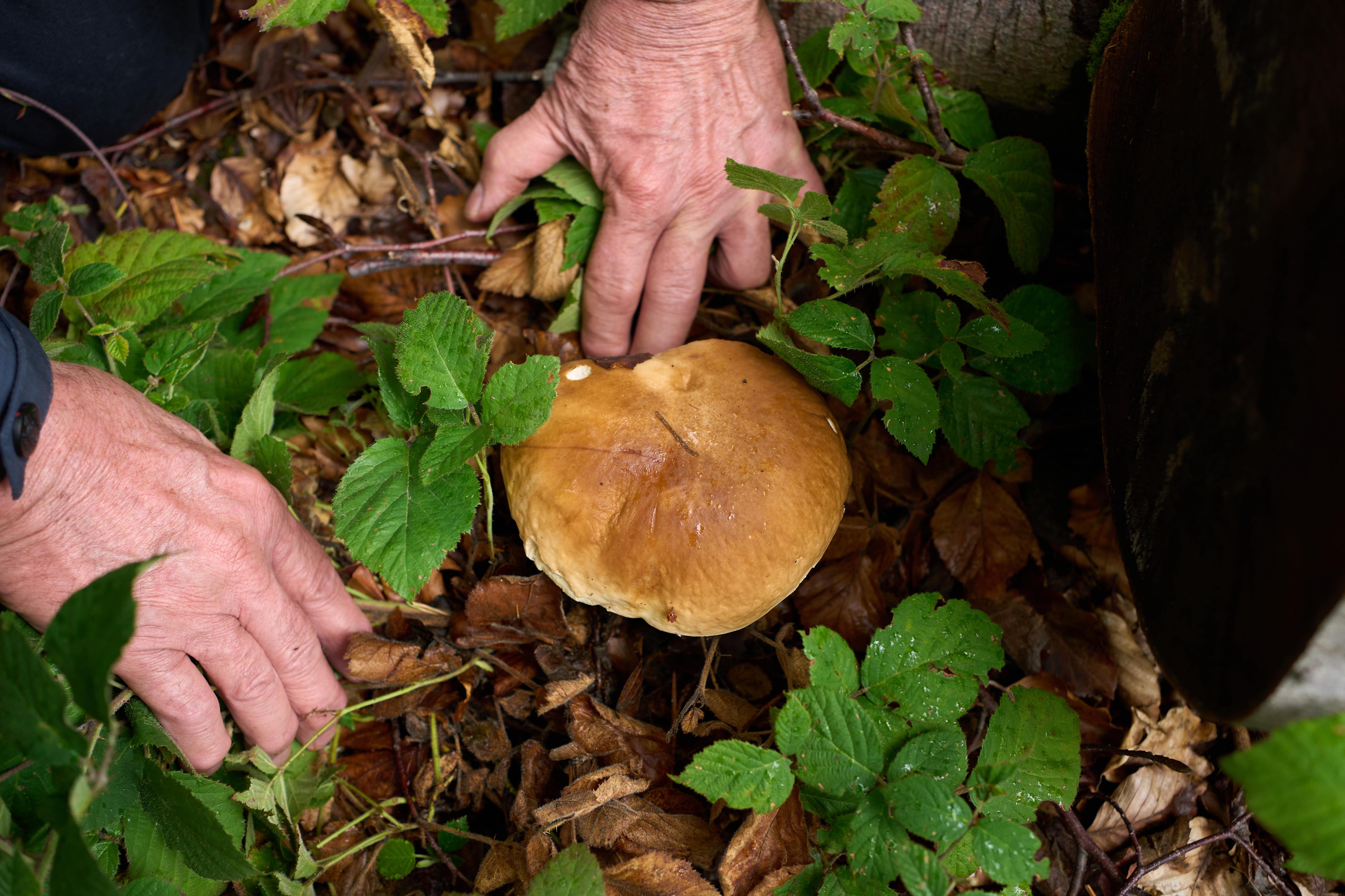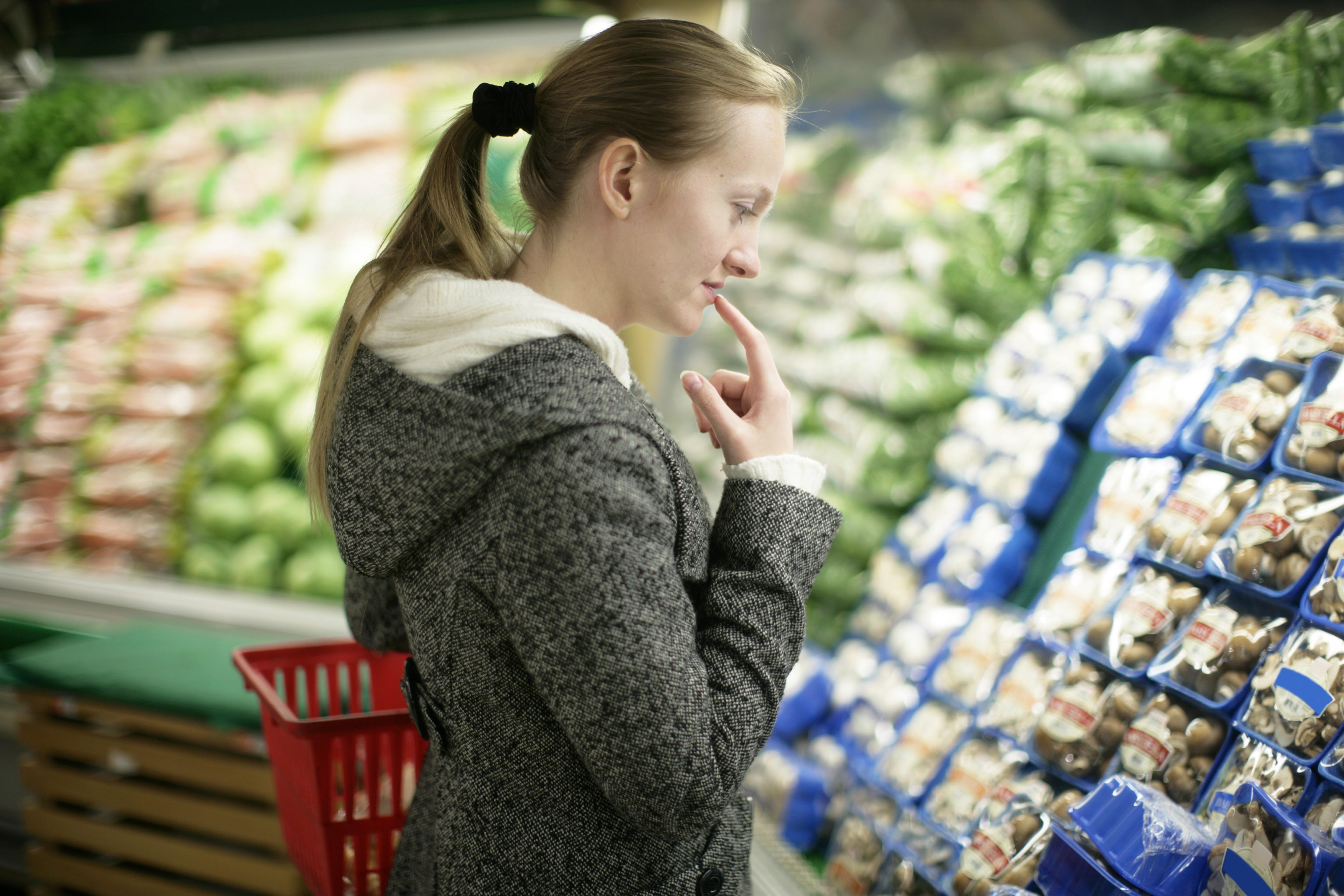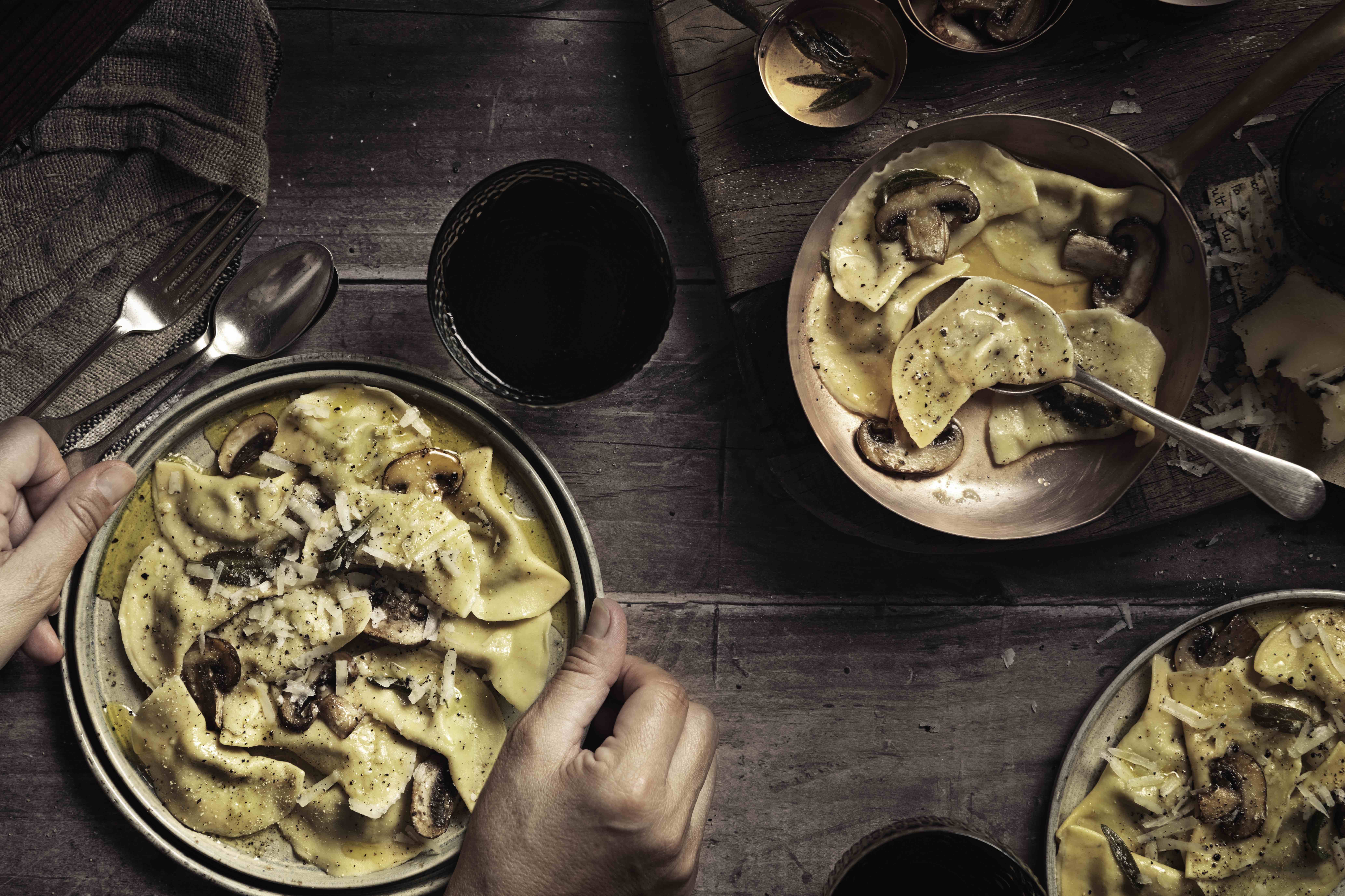
Sciences & Technology
Everyone has a part to play in food safety

Mushroom poisoning is a growing problem as people go foraging – the only really safe way to avoid it is to buy your mushrooms
Published 8 August 2023
Winter is mushroom season in Australia.
Early in the season, Victoria’s Department of Health warned that for inexperienced foragers, it can be deadly – with cases of mushroom poisoning increasing around the world.
These deadly mushrooms may be eaten by foragers by accident, often following misidentification as edible or hallucinogenic mushrooms.

As we all know, mushrooms are delicious, as well as nutritious. They contain various functional food properties like antioxidants and can provide beneficial health-promoting properties.

Sciences & Technology
Everyone has a part to play in food safety
They are an important food source and also form part of local culture for many rural populations. However, of the approximately 100,000 species of mushrooms in the world, more than 100 species are poisonous to humans.
Eating poisonous wild mushrooms can result in mild symptoms like an upset stomach, to much more serious ones including organ failure and death.
So, to avoid health risks, it’s essential to source mushrooms from a reliable supplier (like a greengrocer or supermarket) or only forage with a qualified expert, before enjoying them in your meal.
Mushroom foraging or mushroom hunting in the wild is a tradition and popular in many parts of the world, including Australia, where they grow well during wetter and cooler months.
Some of these mushrooms, like the death cap and yellow-staining mushrooms, are highly poisonous and if eaten can cause death.

Other edible mushrooms look, smell and taste very similar to the poisonous types even though they come from entirely different fungi species, which makes it even harder to work out what’s safe to eat or not.

Health & Medicine
Allergies, food labelling & saving lives
Occasionally, poisonous mushrooms may have distinctive smells and colours but this is always hard to predict and identify unless you are a mushroom expert. Despite the urban myth, the presence or absence of insects on mushrooms is not a guide for their toxicity.
The mushroom is actually the reproductive part of the fungus. It’s the most visible part, living above ground, enabling it to produce and spread spores which are the main reproductive parts of fungi.
To protect their reproductive structures, some fungi deter mushrooms from being eaten by predators by producing poisonous chemicals.
These are known as mycotoxins – cycloprop-2-ene carboxylic acid is an example of poisonous chemicals found in some wild mushrooms like the Asian toxic mushroom Russula subnigricans.
In contrast, other mushrooms are edible and delicious and can be safely eaten by animals, which helps to spread their spores around to new environments. It is these two reproductive strategies – protect from eating or encourage eating – that mean some mushrooms that grow in the wild can be eaten, but others are poisonous and can make you very sick very quickly.

If you eat spoiled and sometimes even uncooked edible mushrooms, that can trigger health problems as well.

Health & Medicine
Putting people before profits for global health
One important thing to remember is peeling, soaking in salt water, cooking, boiling or heating poisonous wild mushrooms does not make them safe to eat.
The toxic chemicals in poisonous mushrooms cannot be destroyed by any of these cooking methods.
Mushroom poisoning can be avoidable and public education can play a significant role.
Here are some important facts to remember:
Avoid eating wild mushrooms
If you choose to forage for wild mushrooms only do so with an experienced expert
If you do eat wild mushrooms (please don’t), keep a sample of the mushroom and take photos of where they were harvested, the top, stem, underside and underground parts to help identify the mushroom if someone becomes unwell
If you think you have eaten a toxic wild mushroom, seek medical attention immediately or contact a poisons information centre
Current knowledge about poisonous mushrooms growing in Australia is incomplete and an area that needs more research, so don’t assume they’re safe
Mushroom identification apps and guidelines may not be accurate
There is no home test available to work out which wild mushrooms are poisons and which are actually safe to eat.
So, to avoid the risk of eating a mushroom that’s potentially poisonous, by far the safest way is to buy your mushrooms from a trusted supplier – like a greengrocer or supermarket.
If you, or anyone you know has concerns, call the Poisons Information Centre from anywhere in Australia on 131 126, available 24 hours. For life-threatening symptoms, call 000.
Banner: Getty Images